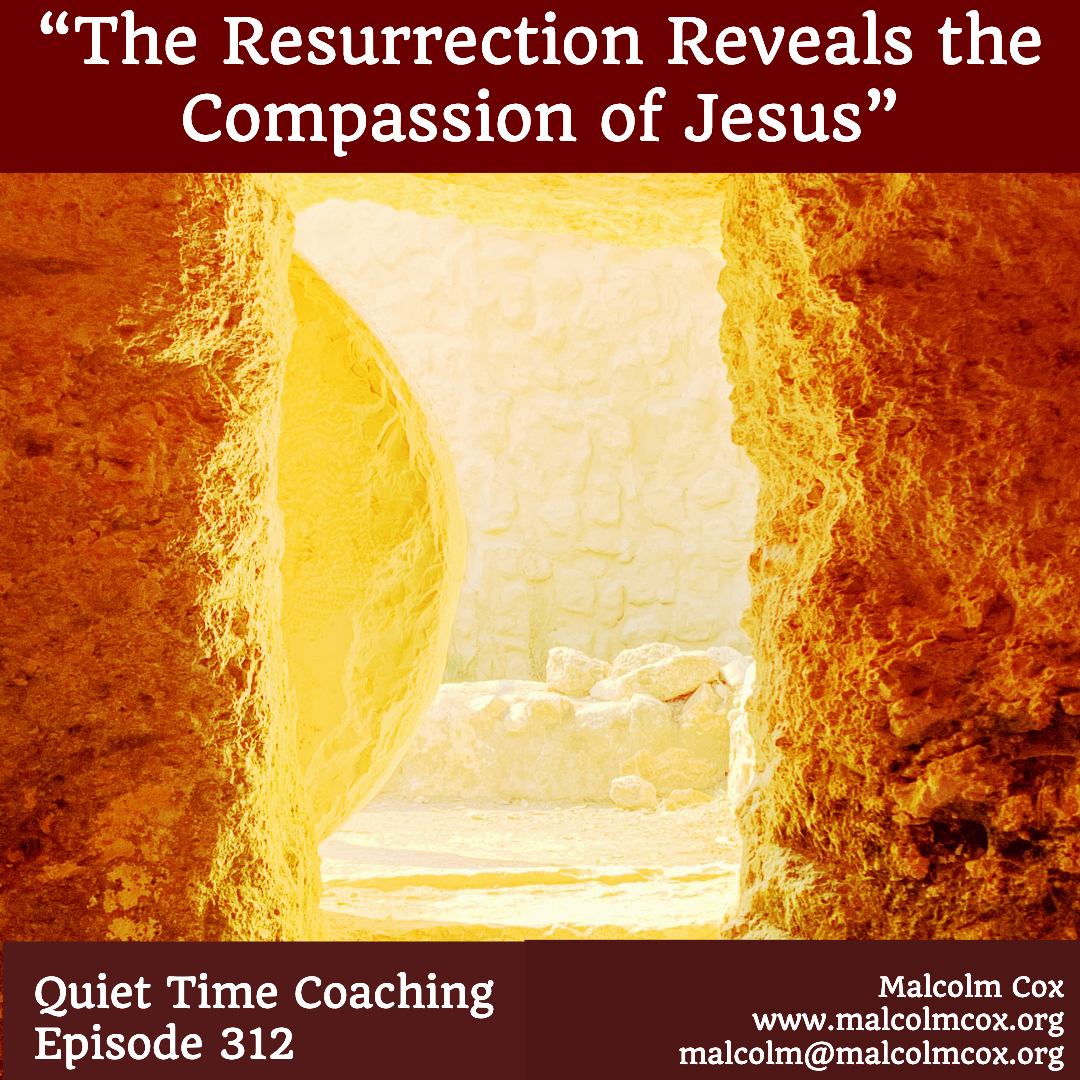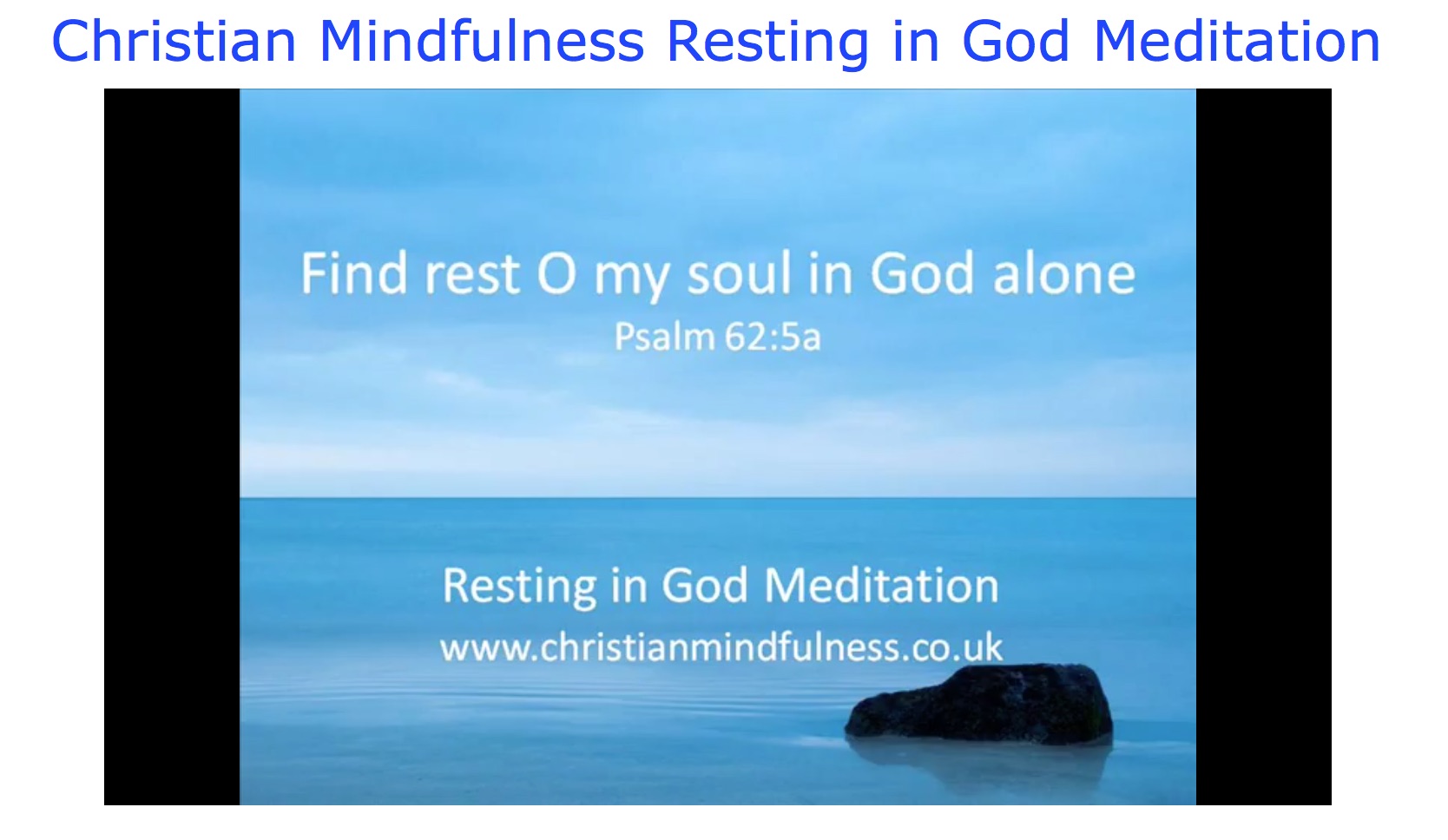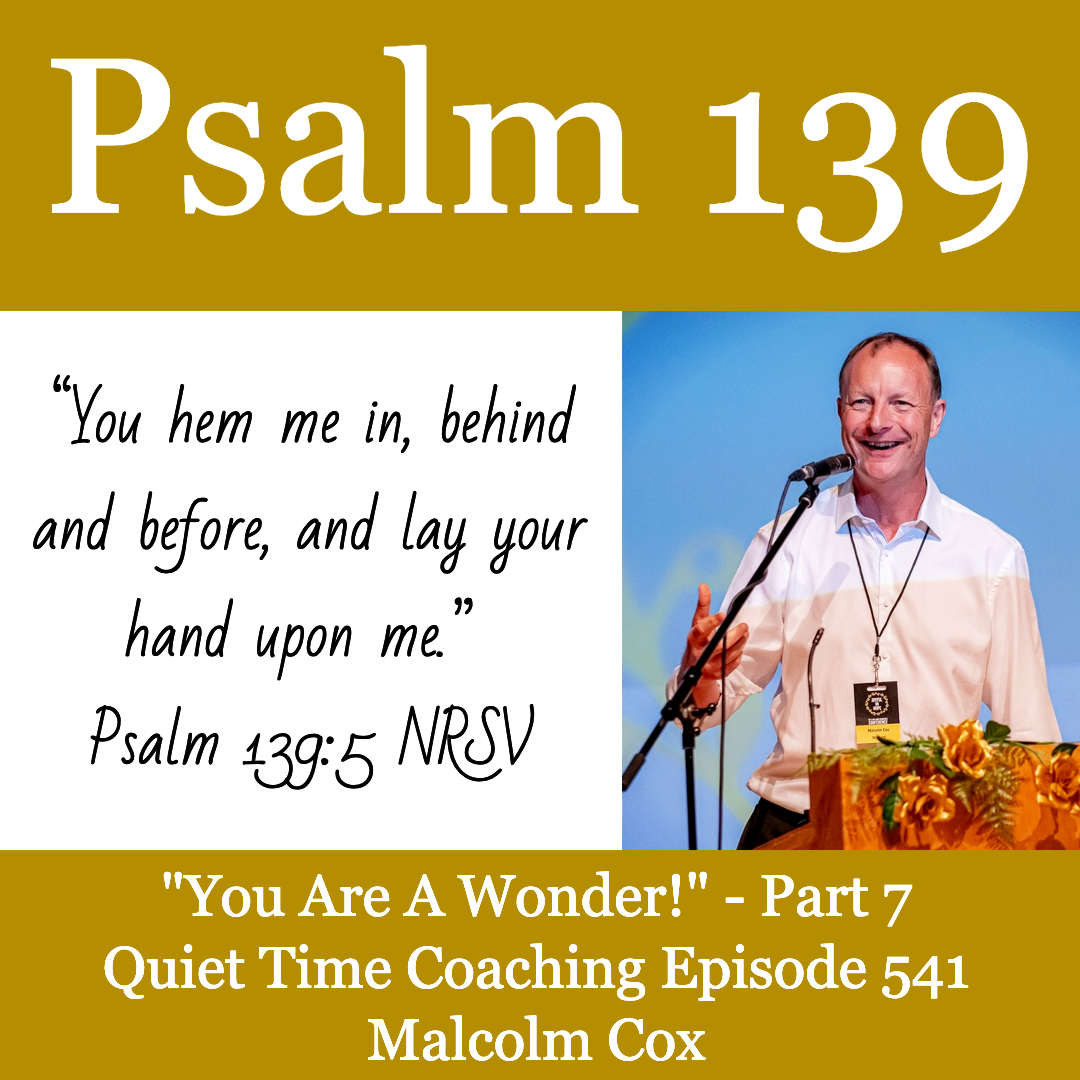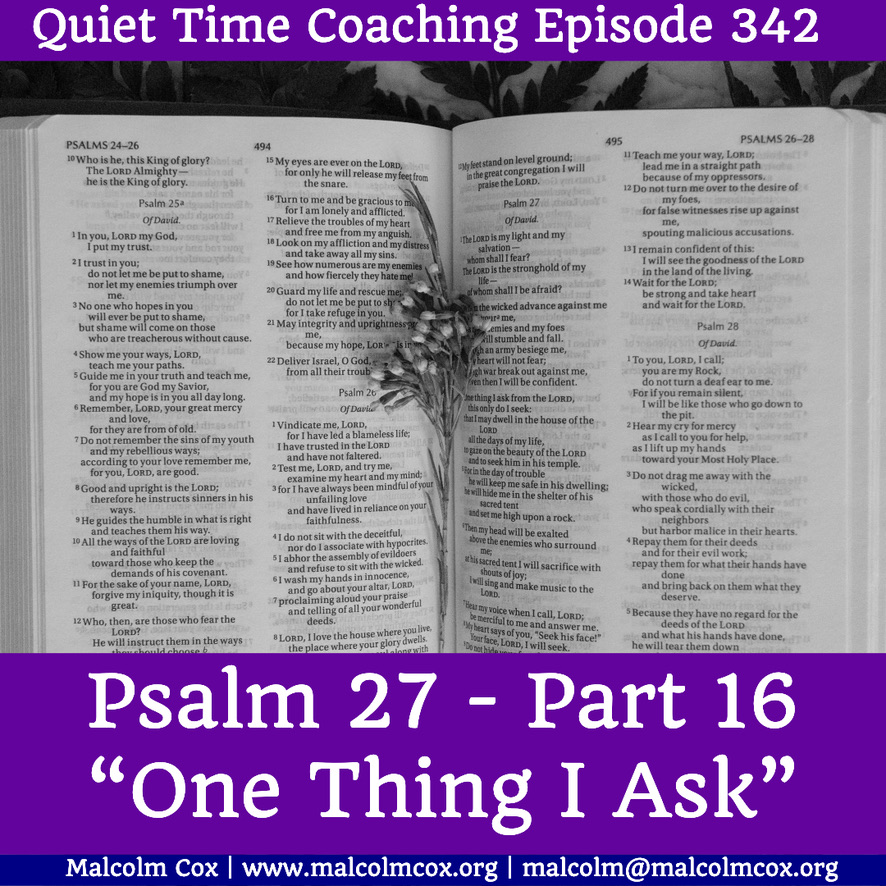Quiet Time Coaching Episode 312 | Malcolm Cox
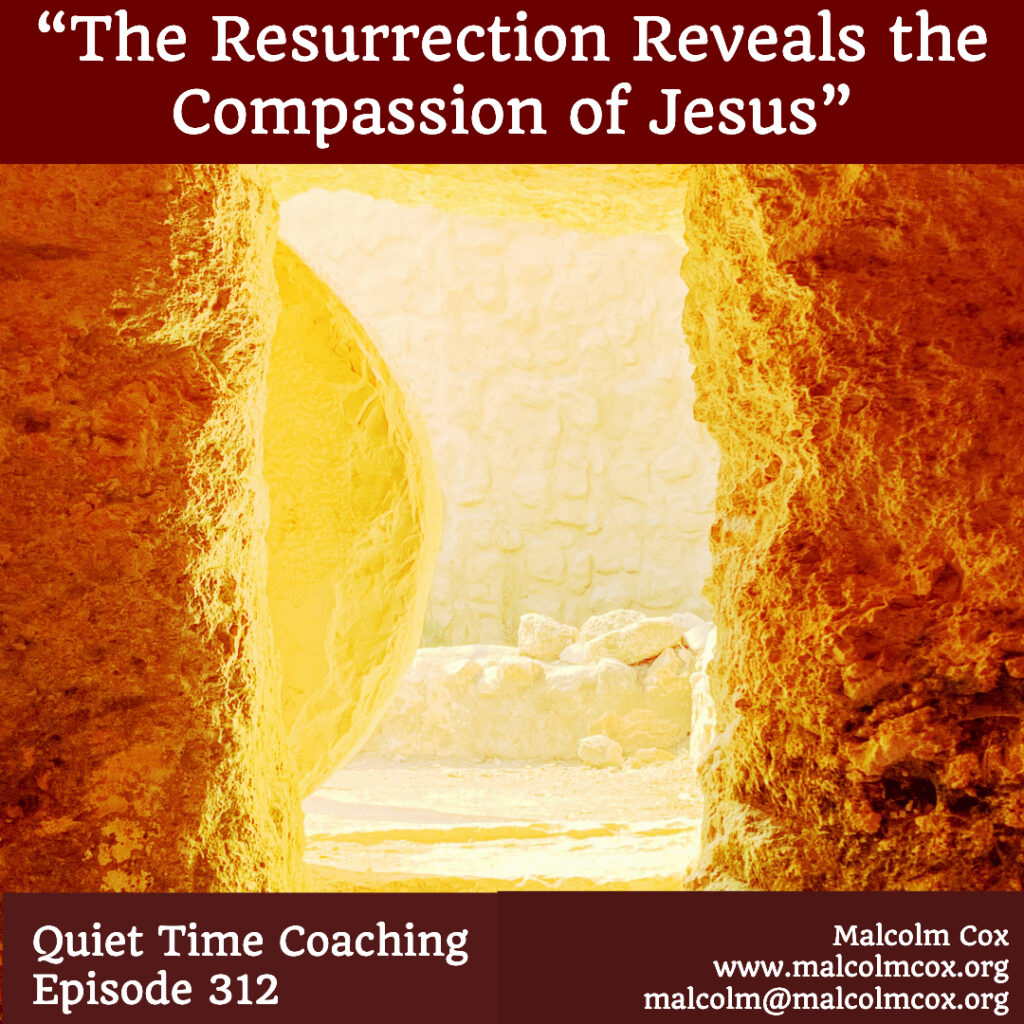
Based on the article “Jesus, Hope of the World” by Rachael Newham in Premier Christianity Magasine, April 2022
The beginning of the good news about the resurrection begins with tears and confusion.
“Who will roll the stone away from the entrance of the tomb?” Mk 16:3,
“Trembling and bewildered, the women went out and fled from the tomb. They said nothing to anyone, because they were afraid.” Mk 16:8
“Now Mary stood outside the tomb crying. “ Jn 20:11
“The root of our joy as Christians, begins with grief.”
In John‘s account crying is emphasised John 20:11–18.
“Now Mary stood outside the tomb crying. As she wept, she bent over to look into the tomb 12 and saw two angels in white, seated where Jesus’ body had been, one at the head and the other at the foot.
They asked her, “Woman, why are you crying?”
“They have taken my Lord away,” she said, “and I don’t know where they have put him.”
At this, she turned around and saw Jesus standing there, but she did not realise that it was Jesus.
He asked her, “Woman, why are you crying? Who is it you are looking for?”
Jn 20:11-15
Is that a deliberate emphasis, that the grief comes before the joy, and the grief lasts and is deep?
Other are also confused. Given the cultural context it is strange that the first appearances are witnessed by women, But isn’t it also strange that the next thing that happens is Jesus hanging out with two friends on a walk?
When Jesus asks the question about what’s been going on which seems so strange to the two people, “it was akin to an alien landing on Earth in 2022 and asking why we have such strong feelings about the last two years!”
“We had hoped” (Lk 24.21) reminds us of where we are, but does not connect with where we are going.
The resurrection appearances are not what we might expect: women, walking on the road, grief and tears. Is there something in this to prepare disciples for the fact that their new life will not be explicable to many people? I would expect Jesus after resurrection to make a beeline for Pilate and then the High Priests, followed by Herod, then the temple, then his disciples and family.
Jesus shows his wounds as evidence that it is him. Why do these wounds remain? Perhaps it is to remind him of his trauma and that helps us to be confident that he connects with our trauma.
“Because he himself suffered when he was tempted, he is able to help those who are being tempted.” Heb 2:18
The Easter story is not only about the fact of Jesus being given life to triumph over the grave and death and the sin, but also that he meets us. He meets us in our tears, our confusion, our fear, in the garden, on the road, in the home.
“A reminder of the God who meets us in our fragility, with his gentleness.“
Please add your comments on this week’s topic. We learn best when we learn in community.
Do you have a question about teaching the Bible? Is it theological, technical, practical? Send me your questions or suggestions. Here’s the email: [malcolm@malcolmcox.org](mailto:malcolm@malcolmcox.org).
If you’d like a copy of my free eBook on spiritual disciplines, “How God grows His people”, sign up at my website: http://[www.malcolmcox.org](http://www.malcolmcox.org/).
Please pass the link on, subscribe, leave a review.
“Worship the LORD with gladness; come before him with joyful songs.” (Psalms 100:2 NIV11)
God bless, Malcolm
